-

Steve McQueen: TIME Magazine's 100 Most Influential People
Steve McQueen has been named one of TIME Magazine's 100 Most Influential People, 2014.
-
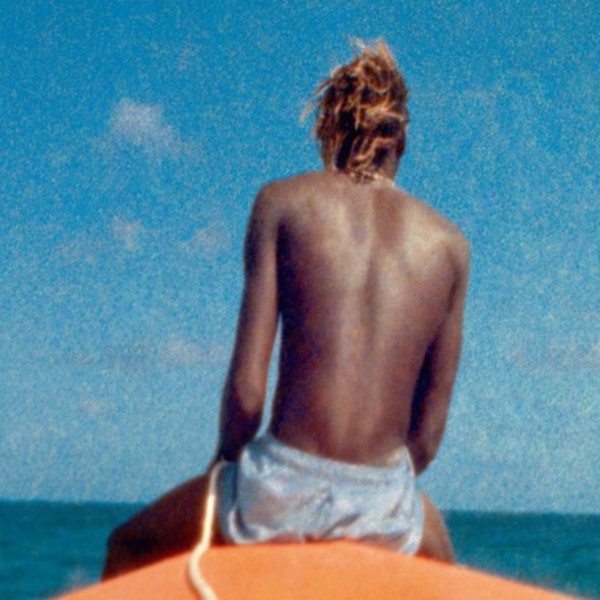
Steve McQueen: New Work at Espace Louis Vuitton Tokyo
Steve McQueen
Espace Louis Vuitton Tokyo
Tokyo, Japan
April 26- August 17, 2014
-
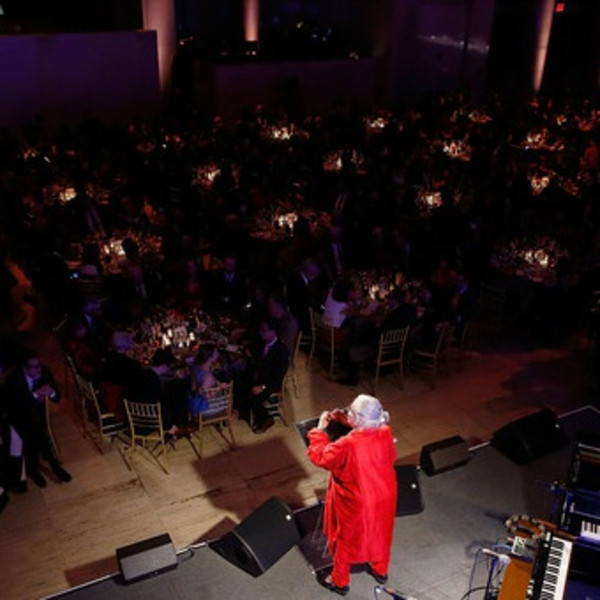
Lynda Benglis Honoured at New Museum Spring Gala
Our congratulations to Lynda Benglis on the occasion of her being honored at the 2014 New Museum Annual Spring Gala.
New Museum Annual Spring Gala
Cipriani, New York
April 1, 2014
-
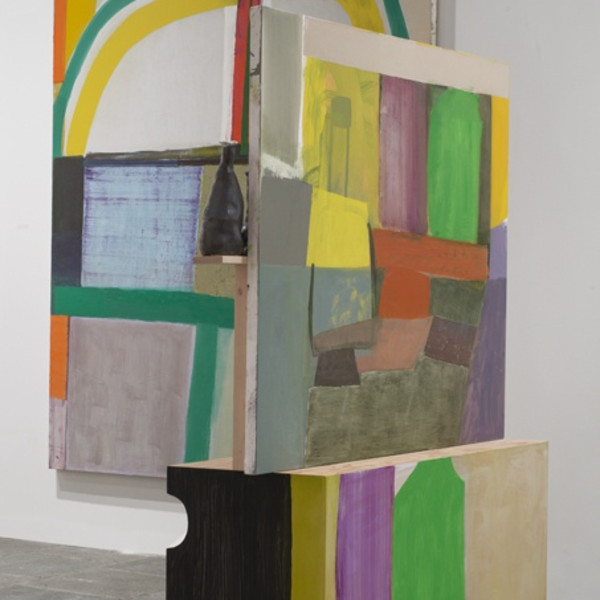
Amy Sillman at the Whitney Biennial 2014, Whitney Museum of American Art, New York
The Whitney Museum is proud to present two works by Amy Sillman at the 2014 Whitney Biennale; 'Mother', a painted work by the artist and 'Fells', a three-dimensional collaboration with sculptor Pam Lins.
On view on the fourth floor of the 2014 Biennial, 'Fells' began with a question posed by sculptor Pam Lins about how to incorporate a painting into a sculpture, a proposal that she has been working for the past decade. Amy Sillman suggested that Lins begin a new work by taking and responding to one of Sillman's own canvases, and this began an ongoing back-and-forth exchange between their two studios. They continued this chain of moves and responses for over a year, Lins adding a form, Sillman changing a painting in reply, Lins painting a panel, and so on. The result is a hybrid structure in which the parts appear somehow coordinated and disjointed at the same time, its sculptural components challenging us to think about three-dimensional space even as its pictorial elements seem to disrupt that solid reality.
-
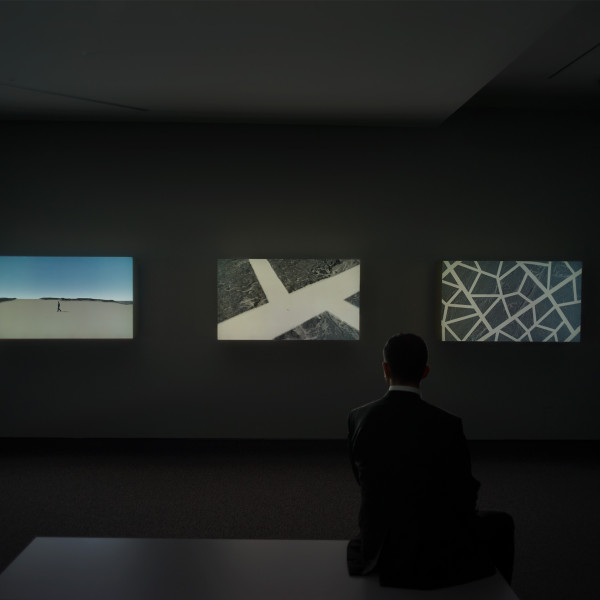
John Gerrard: New Commission at Borusan Contemporary, Istanbul, Turkey
'Exercise'
Borusan Contemporary
Turkey, Istanbul
1 March -1 June 2014
-
'12 Years a Slave' awarded Best Picture at the 2014 Academy Awards
Our congratulations to Steve McQueen and the whole cast and the crew of '12 Years a Slave' for winning Best Picture at this year's Academy Awards!
-
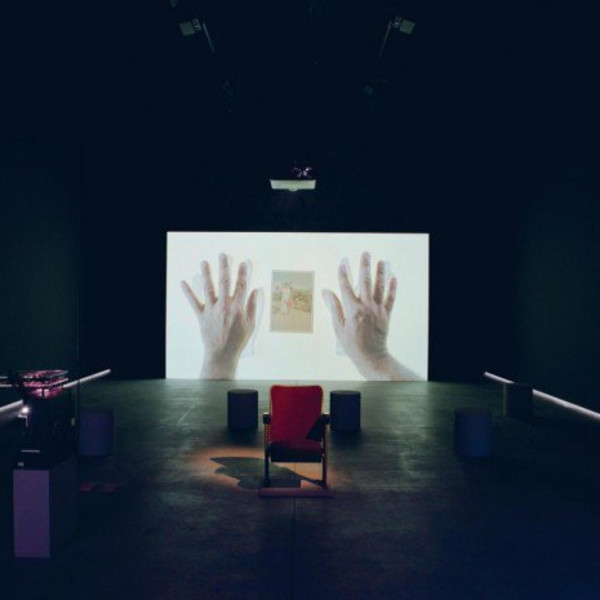
Akram Zaatari: This Day at Ten, Wiels Contemporary Art Centre, Bruxelles
WIELS presents for the first time in Belgium an exhibition by Lebanese artist Akram Zaatari, who has emerged as one of the most prominent commentators on photography of the Middle East. Zaatari's practice is closely tied to the practice of collecting. Through books, photographic installations, and videos, Zaatari's visual studies reflects on the shifting nature of borders and the production and circulation of images in the political context of the region. Paralleling his long-term engagement with "the state of image making in situations of war", his work looks into notions of surveillance and expressions of masculinity, exploring the way different media apparatuses get employed in the service of power, resistance, and memory. This sensibility was formed in the course of living through fifteen years of war in Lebanon, watching it unfold and recording it as a teenager.
As co-founder of the Arab Image Foundation - an expanding collection of over 600,000 images - Zaatari is deeply invested in examining how photography served to shape notions of aesthetics, postures and social codes, therefore looking at the present through a wealth of past records of vernacular and studio photography from the Middle East. "I do not believe in the neutrality of the archive," Zaatari says. He has spent much of the last decade studying, indexing, and presenting the archive of Studio Sheherazade, established in 1953 by photographer Hashem el Madani in Saida, South Lebanon - Zaatari's city of origin - as a register of social relationships and of photographic practices.
Akram Zaatari, born in 1966 and author of more than 40 video works, lives and works in Beirut. Zaatari recently represented Lebanon in the 55th Venice Biennale and partook in dOCUMENTA XIII and Liverpool Biennial (2012), and Istanbul Biennial (2011). His work has been exhibited in and collected by museums all over the world, including at Tate, London; Bristol Museum, Bristol; Centre Pompidou, Paris; SFMOMA, San Francisco; MoMA, New York; Kunstverein, Munich; MUSAC, Léon; and Kunsternes Hus, Oslo.Curator: Dirk Snauwaert
-

Steve McQueen's '12 Years a Slave' awarded Best Picture at the 2014 BAFTAs
Our congratulations to Steve McQueen, the cast and the crew of '12 Years a Slave' for winning Best Picture at this year's British Academy of Film and Television Arts Awards.
-

Steve McQueen's '12 Years a Slave' wins Best Film at the 2014 Golden Globes
Our congratulations to Steve McQueen, the cast and the crew of '12 Years a Slave' for being awarded Best Film at this year's Golden Globes.
-

Alexandre Da Cunha and Akram Zaatari: 18th Festival Video Brasil, Sao Paulo
The 2013 edition of the Contemporary Art Festival celebrates an important moment for the biennial show. The main Brazilian event dedicated to the artistic production from the geopolitical South (Latin America, the Caribbean, Africa, Middle East, Eastern Europe, South and Southeast Asia and Oceania) goes thirty. It is the only Brazilian international festival for contemporary art, with exhibitions, public activities, awards. As in previous editions, a major exhibition establishes a dialogue with the Southern circuit: besides the Southern Panoramas competitive show, this year the highlight is the three decades of experimentation and risk assumed by Videobrasil since 1983, brought together in the exhibition 30 Years.
Page
69
of 75
